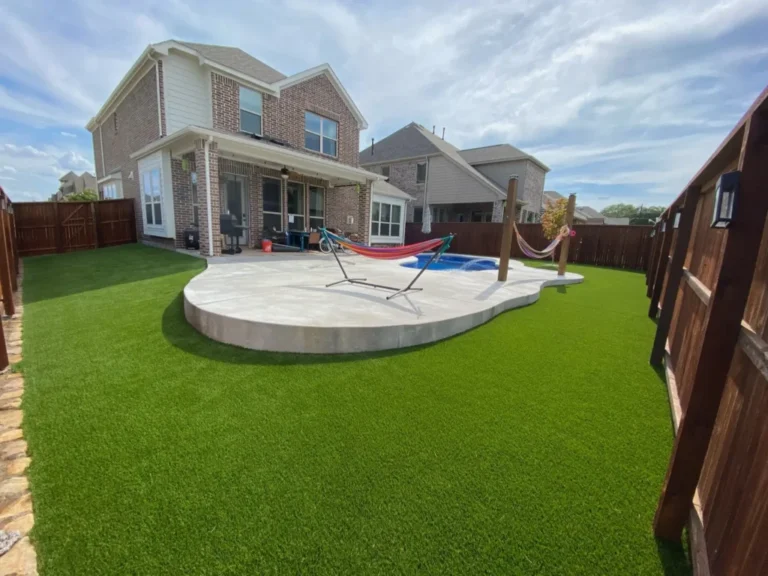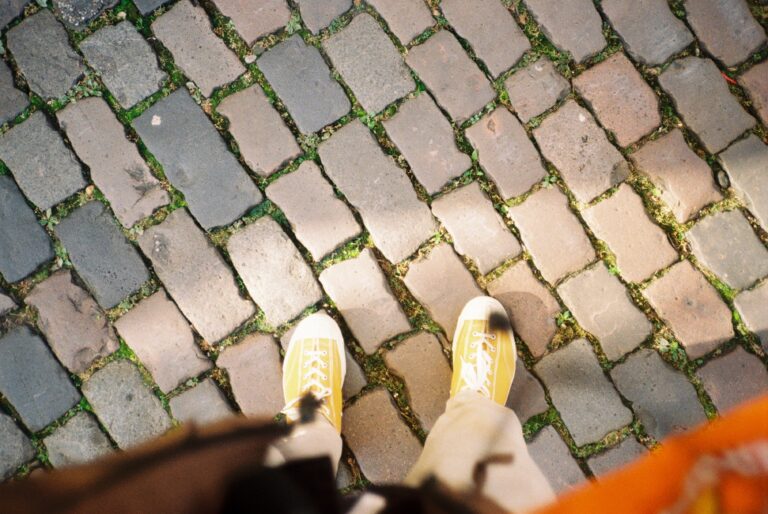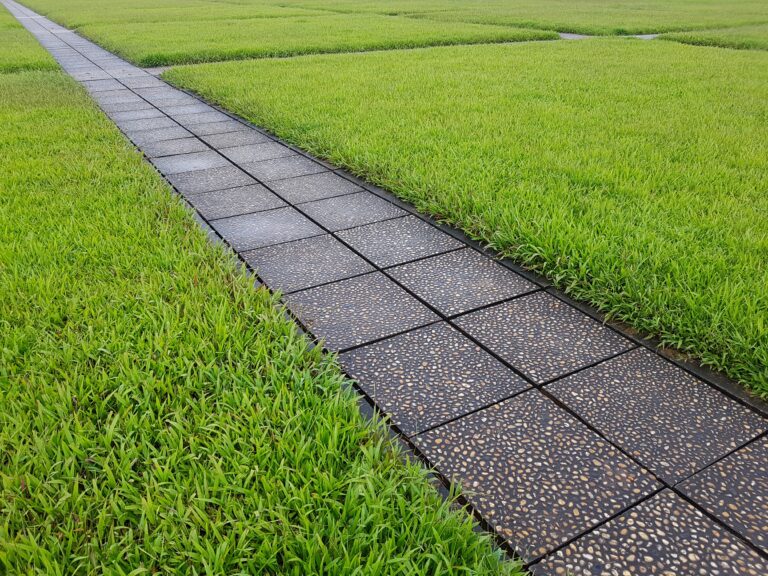What Are the Best Pool Decking Pavers: Top Choices for Durability and Style

Pool decking pavers enhance the look and safety of your pool area. They come in many styles to match your home’s design. Pavers also provide a non-slip surface for wet feet.
The best pool decking pavers are made of concrete, natural stone, or porcelain. These materials stand up well to water and sun. They last for years with proper care. Concrete pavers are affordable and come in many shapes and colors. Natural stone gives a luxurious look but costs more. Porcelain is durable and easy to clean.
Good pavers drain water quickly to prevent puddles. This keeps the deck safe for walking. Some pavers stay cool in the sun, making them nice to walk on barefoot. Choosing the right pavers can make your pool area more enjoyable and boost your home’s value.
Evaluating Pool Decking Materials
Choosing the right pool decking material is crucial for safety, durability, and aesthetics. Different options offer unique benefits and drawbacks to consider.
Concrete and Concrete Pavers
Concrete is a popular choice for pool decks. It’s affordable and versatile. Plain concrete can be stamped or stained for a custom look. Concrete pavers offer more design options.
Both are strong and long-lasting. They can handle heavy foot traffic and pool chemicals. Concrete decks need proper sealing to prevent cracks and stains.
Textured finishes make concrete slip-resistant. This is key for pool safety. Concrete stays cool underfoot, even in hot sun.
Natural Stone Options
Natural stone adds elegance to pool areas. Common choices include travertine, granite, and slate. Each stone type has unique colors and textures.
Travertine is prized for its cool surface and non-slip qualities. It’s porous, so it needs sealing. Granite is very hard and dense. It resists stains and scratches well.
Slate offers a rustic look. It can be slippery when wet, so choose a textured finish. All natural stones need regular sealing to stay in top shape.
Brick and Tile Pavers
Brick pavers bring a classic, timeless look to pool decks. They’re durable and can last for decades. Brick comes in many colors and patterns.
Clay tiles offer similar benefits to brick. They can create intricate designs. Both brick and tile are slip-resistant when textured.
These materials can get hot in direct sun. They may need sealing to prevent staining from pool water.
Innovative Wood and Composite Solutions
Wood decking creates a natural, warm look. It needs regular maintenance to prevent rot and splinters. Tropical hardwoods like ipe are very durable.
Composite decking is a low-maintenance alternative. It mimics wood but resists moisture damage. Many composite options are slip-resistant and stay cooler than wood.
Both wood and composite can be softer underfoot than stone or concrete. They may need extra support to prevent sagging over time.
Designing Your Pool Deck
A well-designed pool deck enhances your outdoor space and ties your pool area together. Key elements include the deck’s shape, materials, colors, and how it blends with the surrounding landscape.
Shape and Space Planning
The shape of your pool deck impacts the overall look and feel of your outdoor area. Curved edges create a softer, more natural appearance. Straight lines give a modern, sleek look. Consider how much space you need for lounging, dining, or entertaining.
Leave enough room for walkways around the pool. A good rule is to have at least 4 feet of deck space on all sides. This allows for safe movement and space for furniture.
Think about sun exposure when planning your deck layout. Place seating areas where they’ll get the right amount of sun or shade throughout the day.
Selecting Color and Texture
Color and texture play a big role in your pool deck’s look and safety. Light colors reflect heat, keeping the deck cooler in hot weather. Darker shades absorb heat but can create a striking contrast with the pool water.
Texture adds visual interest and improves traction. Smooth surfaces can be slippery when wet. Opt for textured pavers or stamped concrete for better grip.
Consider how your deck color will match your home’s exterior and landscape. Neutral tones like tan or gray work well with most styles. Bold colors can make a statement but may limit future design changes.
Incorporating Landscaping and Pool Coping
Landscaping softens the edges of your pool deck and creates a natural transition to the rest of your yard. Plant low-maintenance shrubs or flowers along the deck’s edge. Use potted plants for easy changes and pops of color.
Pool coping is the material used to cap the pool shell wall. It’s both functional and decorative. Coping should complement your deck pavers while providing a non-slip surface.
Consider raised planters or built-in seating areas to add interest to your deck design. These features can create cozy nooks and define different zones in your pool area.
Installation and Maintenance
Pool decking pavers offer a durable and attractive option for pool surrounds. Proper installation and upkeep are key to ensuring their longevity and maintaining their appearance.
DIY vs. Professional Installation
Installing pool decking pavers can be a DIY project for those with the right skills and tools. It involves excavation, creating a level base, and laying the pavers. DIY installation can save money but requires time and effort.
Professional installation ensures proper techniques and often comes with warranties. Experts have the equipment to handle large jobs quickly. They can also address drainage issues and ensure correct slopes for water runoff.
For complex designs or large areas, hiring pros is often best. They can manage challenges like curves or integrating different materials seamlessly.
Routine Maintenance Guidelines
Regular care keeps pool decking pavers looking great. Sweep the surface weekly to remove dirt and debris. Rinse with a hose to prevent staining.
For tougher dirt:
- Use a mild soap and soft brush
- Avoid harsh chemicals that can damage sealants
- Rinse thoroughly after cleaning
Inspect for loose or damaged pavers monthly. Replace or reset as needed to prevent tripping hazards.
Apply a sealant every 2-3 years to protect against stains and fading. This also helps maintain the color and extends the life of the pavers.
Long-Term Care for Longevity
Proper care can greatly extend the life of pool decking pavers. Address small issues promptly to prevent bigger problems later.
Check for settling or shifting pavers yearly. Add sand to joints if needed to keep pavers stable. This helps prevent weed growth between pavers too.
In winter, avoid using salt or harsh de-icers on pavers. These can cause damage and erosion. Instead, use sand for traction on icy spots.
For pavers in direct sunlight, consider using shade structures. This can help prevent fading and keep the surface cooler for bare feet.
With good care, quality pool decking pavers can last 20-30 years or more. Regular maintenance protects your investment and keeps your pool area safe and inviting.






